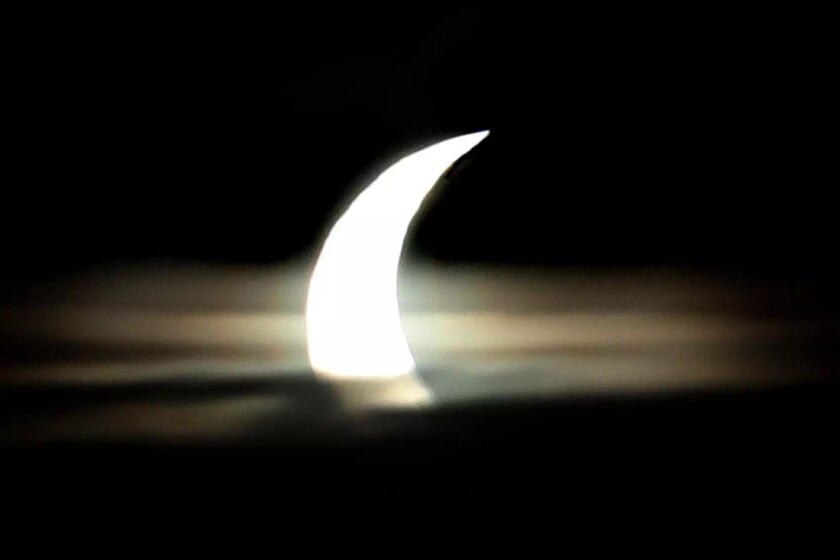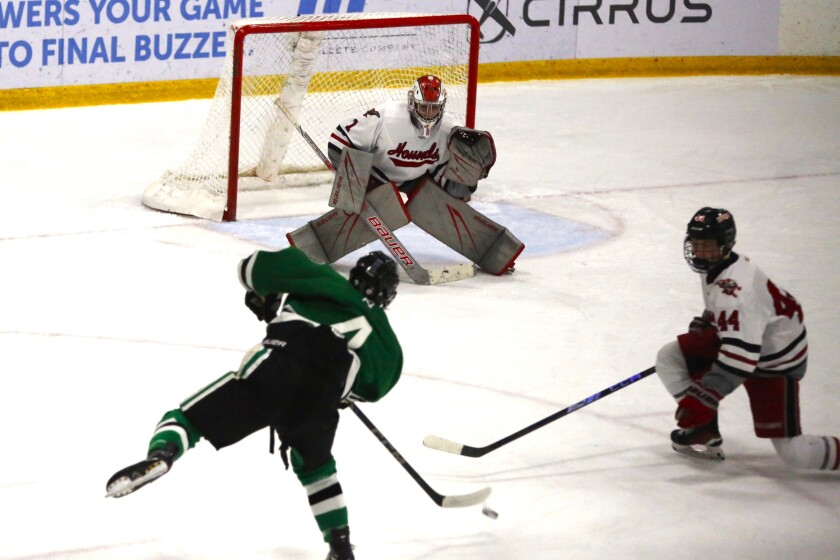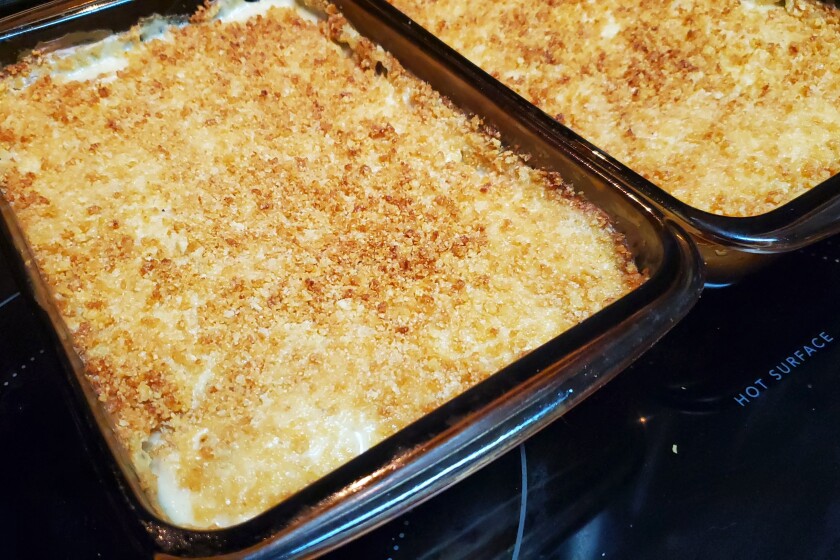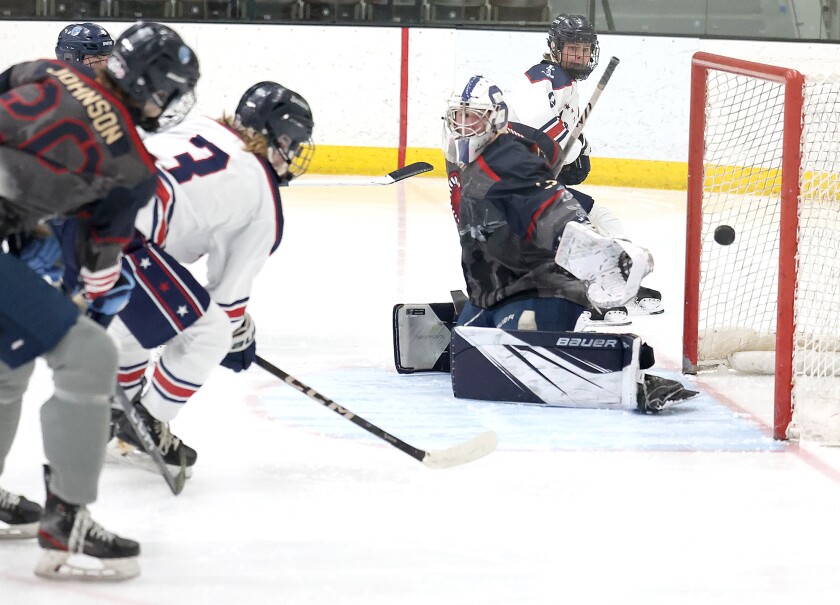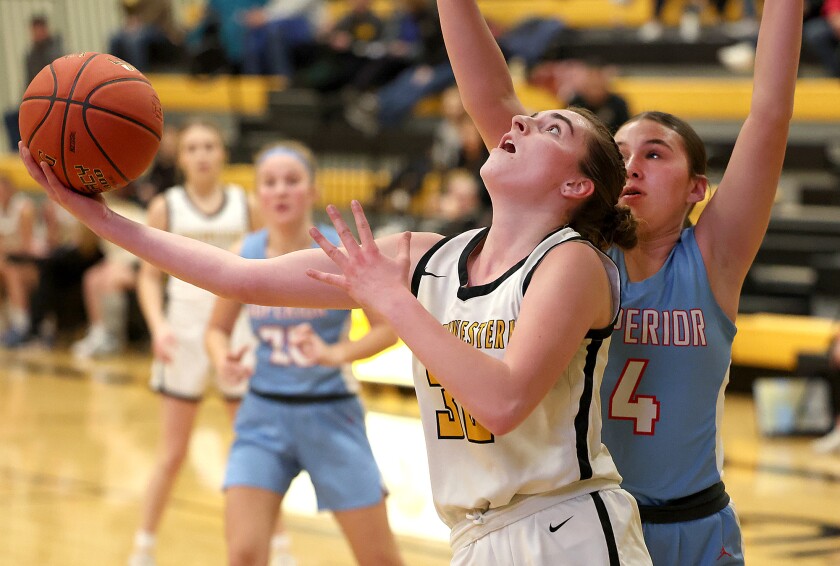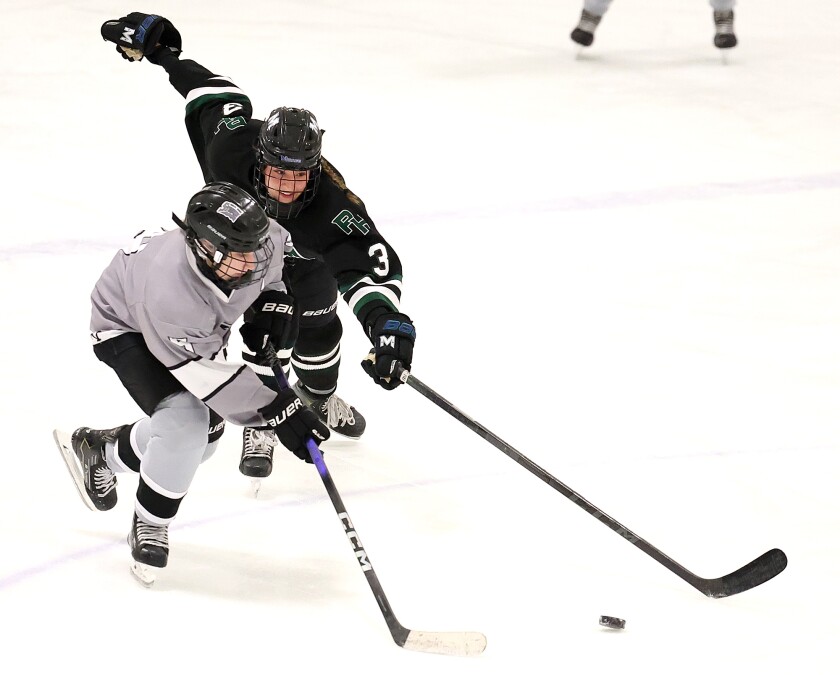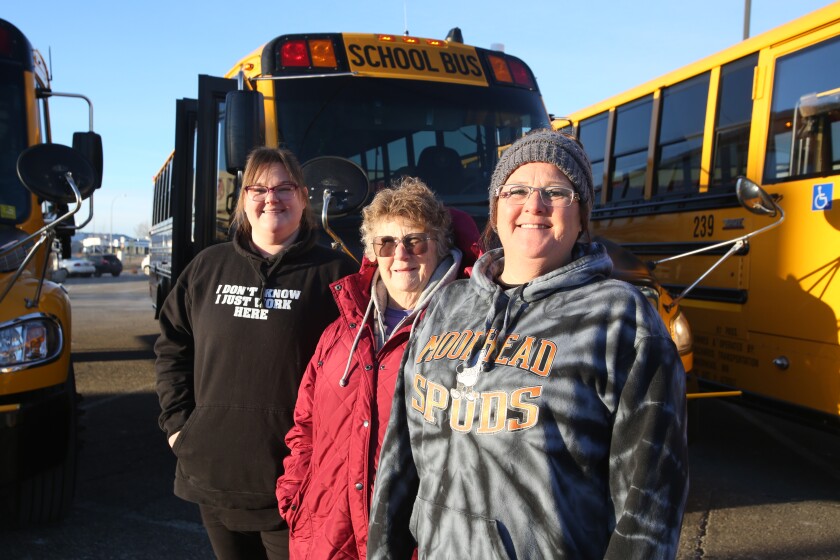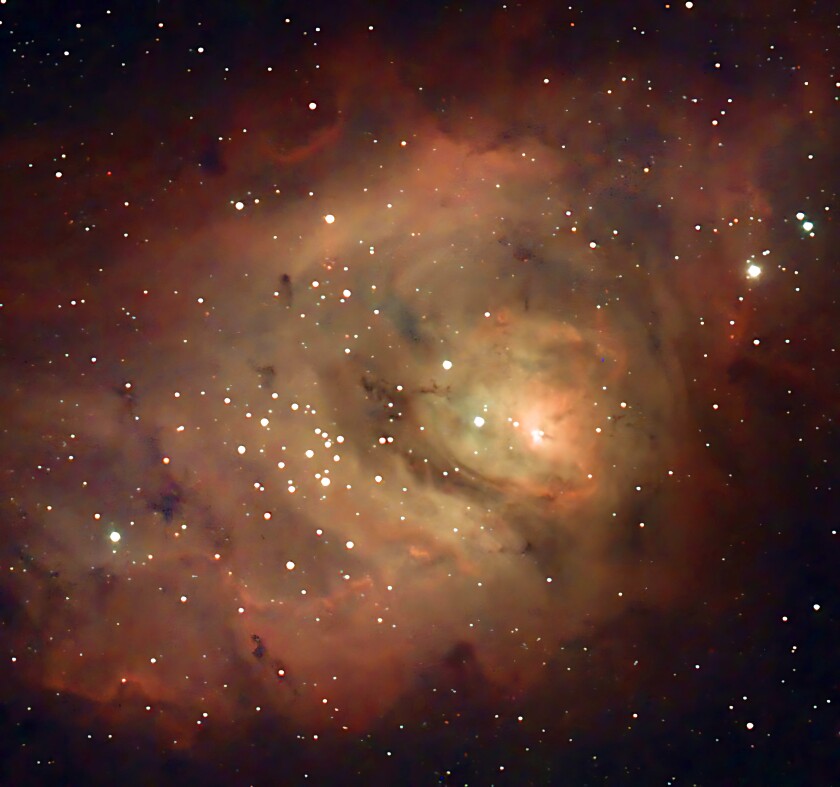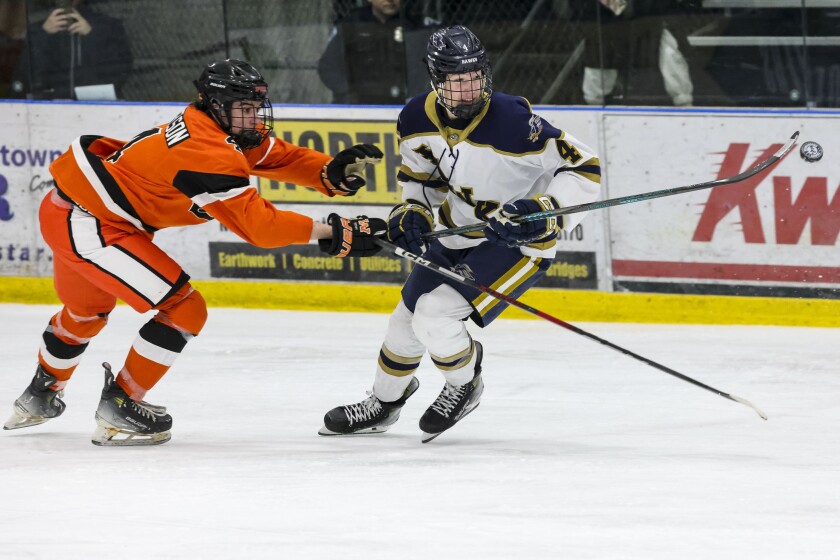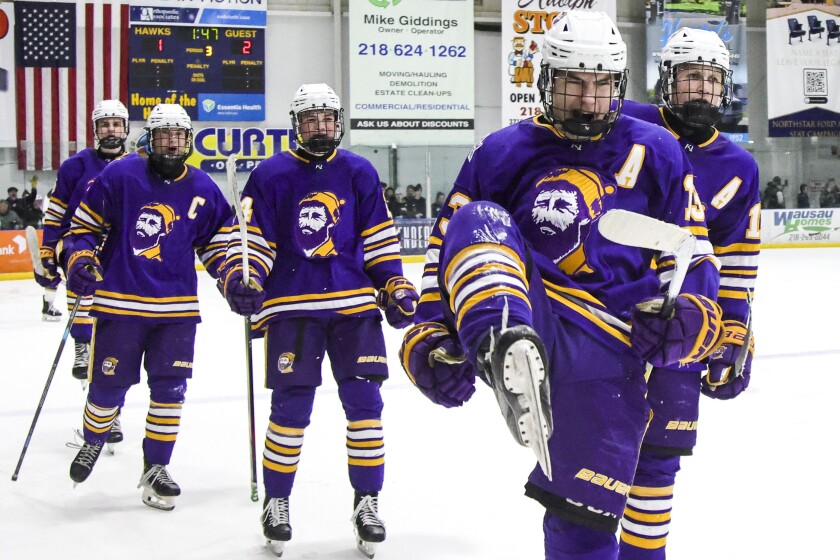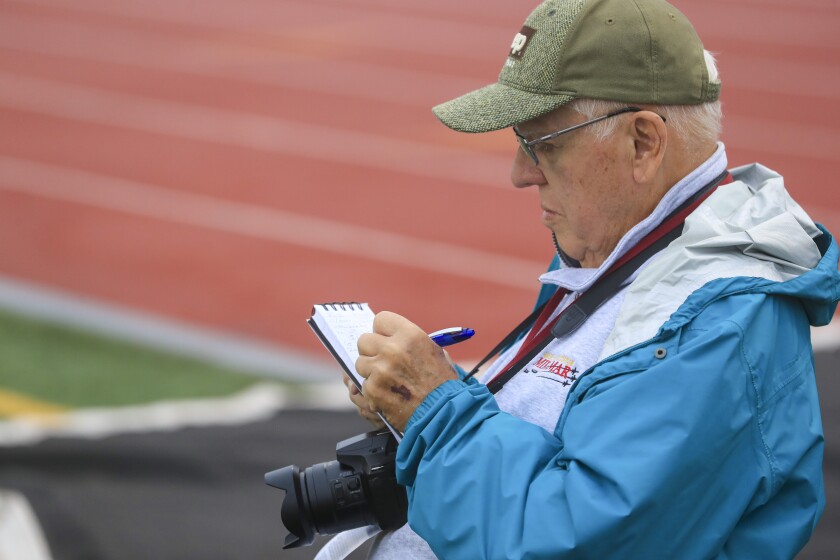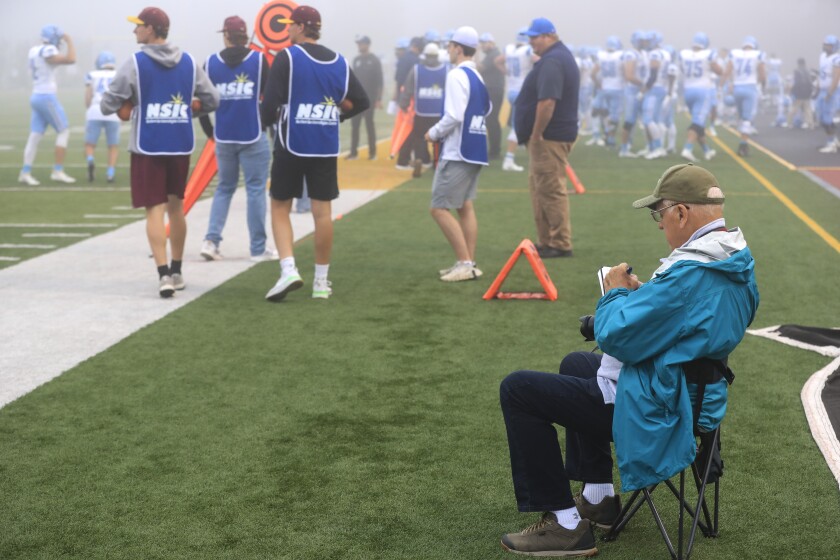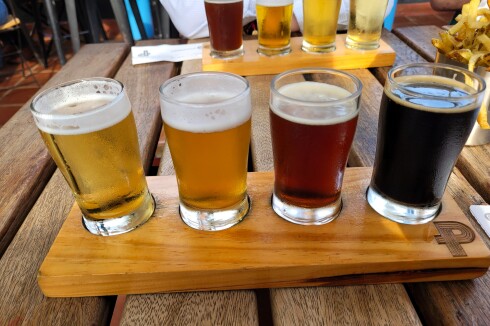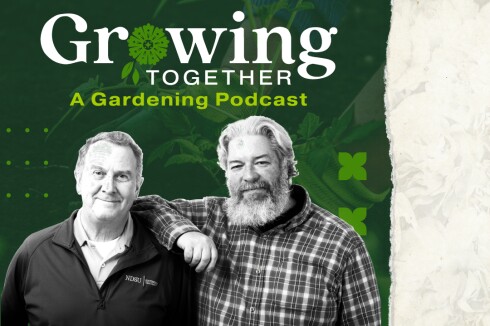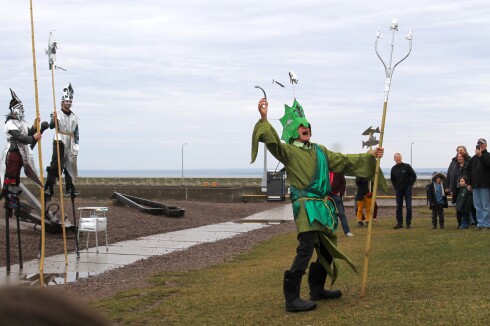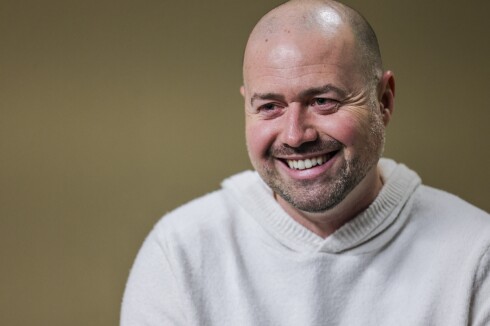ALEXANDRIA, Minn. — That Astro Bob King. Not only is he Minnesota-famous thanks to his regular column, “Astro Bob,” reprinted in most of Forum Communications newspapers, Sky & Telescope magazine has been tapping him for a while to join them on adventures and then write articles about those adventures.
Back in 2021, while everyone else was land- and cloud-bound in Minnesota, King was almost 40,000 feet up in the air, far above the clouds and just about everything else, on the 2021 Annual Eclipse Flight as a guest of Sky & Telescope magazine. Enjoy his description and photos of the flight on their website.
ADVERTISEMENT
For the April 8, 2024 eclipse, King says, “I had planned on Texas and even bought a ticket but was then asked by Sky & Telescope to help out on their Mexican eclipse cruise. I accepted and cancelled my ticket. The ship can cruise directly to the centerline for the maximum amount of minutes of totality.
“I (hopefully!) will see 4 minutes 26 seconds of the sun in total eclipse, King adds. "Minnesotans will see a partial eclipse — about 70-75 percent covered. 73 percent for Alexandria. Here are some times for you:
- Start 12:49 p.m.
- Max eclipse 2:00 p.m.
- End 3:11 p.m.
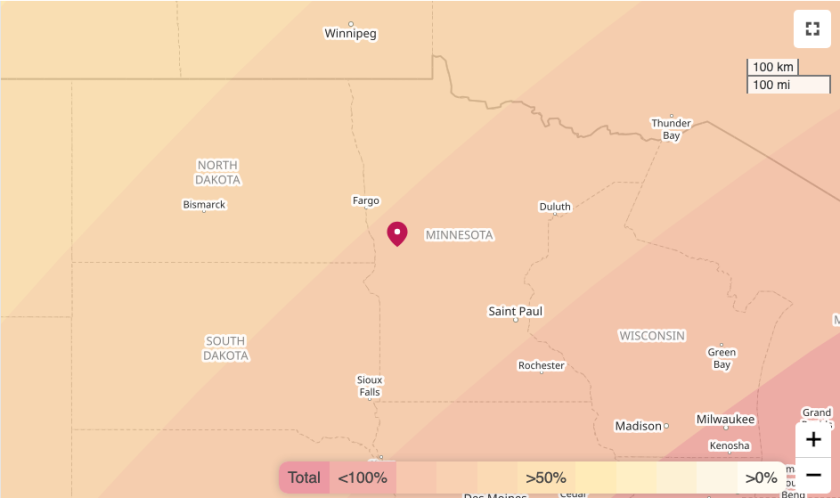
You won't feel the damage to your eyes if you look unaided at the sun — but you will be so, so sorry you did.
Back in 2021, Bob King was a regular guest on now-Echo-Press-reporter, then morning-host Lisa Johnson’s radio show. As a man who made his living as a photographer and who has spun his love of astronomy into a busy writing-and-photography “retirement” gig, King can’t say enough about protecting your eyes if you're watching an eclipse.
And not to put too fine a point on it, you won't feel the damage to your eyes if you look unaided at the sun - but you will be so, so sorry you did.
“Never look directly at the sun,” he says. “Not even for a second. You can glimpse,but don't look at the sun. You can't feel the damage that's happening. If you look at the sun, there's infrared and ultraviolet light from the sun that will go into your eye, in particular, the infrared light. That's heat radiation that will eventually cook your retina. And it doesn't take long to happen. And that will definitely damage your vision. There are a couple of very safe ways to look at the sun. And the number one way is if you still have your eclipse glasses. If you still have your eclipse glasses from the 2017 eclipse and they’re undamaged, those are fine to use.
“The other direct method is to go to a welding supply shop and buy a number 14,” he says. “Do not get a 12 or a 13: only a piece of number 14 welder's glass. A little piece of glass about four inches long by two inches wide and perfectly great. It's one of my favorite filters. I love the welder's glass filters. They're very sharp and it's just a black piece of glass, but it is built safely for solar viewing. Number 14.”
ADVERTISEMENT
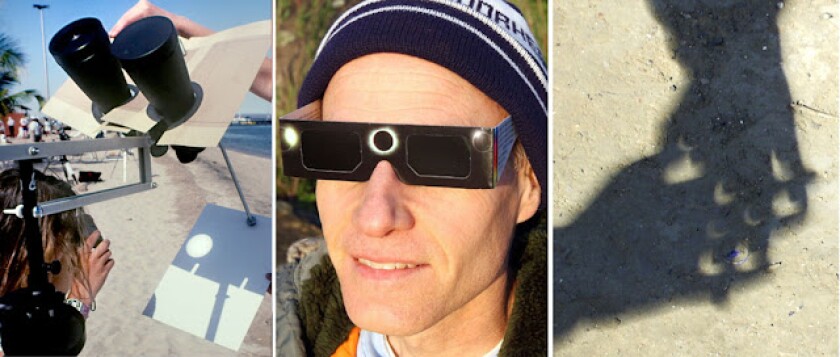
Straining to see: Colanders and Ritz crackers
“NEVER look directly at the sun without a safe, approved solar filter,” says King. “No Pop Tarts packages, film, smoked glass.” Pop Tarts packages?
But there are ways you can look indirectly at the eclipse which work like a charm — and are safe.
“You can indirectly view the sun, too. If you have a pair of binoculars, you can put them on a tripod and cap one of the two lenses, and then you can adjust. You can point your binoculars at the sun and then project the image of the sun coming out the back of the binoculars onto a piece of white cardboard or white paper, or whatever you have at hand. So you're projecting an image, and then you just focus that image as normal. Then you can take a picture of the sun in the eclipse that way, and you'll get a nice enlarged view.
“There are indirect ways like poking holes in a paper plate and projecting tiny images of the eclipsed sun on the ground or better, a white sheet of paper below it.
“You can also take a colander out. I tried this. It really works great. You hold the colander up against the planets so that it's facing the sun. And then the little holes will project tiny images of the sun on the ground. Or if you have a piece of white paper or a sheet, that's even better. You'll get like a thousand tiny solar eclipses like that. If you don't have a colander, get a paper plate and take a sewing needle and put holes in it. You can even make a design on the paper plate.”
And if you want to be really fancy — you know, putin’ on the Ritz — King says, “You can also use a Ritz cracker!”
ADVERTISEMENT
Shoot your best shot: Photographing the eclipse
As a longtime photographer for the Duluth News Tribune, King never tires of answering questions about the best ways to shoot night-sky or eclipse images. And his advice can save an amateur photographer a lot of money.
“You have to be careful of your camera sensor,” he warns, but watching an eclipse through a viewfinder isn’t going to save your eyes. “If you have a dSLR and you pre-focus, at infinity, on a cloud, then you just shoot blind. So you're not looking through the viewfinder. You're not looking at the little display on the back. You just start shooting. Shoot to your heart's content without even looking through the camera – do not look through the camera. The other method, you can get a solar filter through your camera, a very dense neutral density filter to put on the front of the camera lens. And then you use Live View to take your pictures so that you don't damage your sensors.”
King emphasizes that a filter must be used over the camera lens at all times except during totality. Then the filter is removed during that brief time of several minutes.

